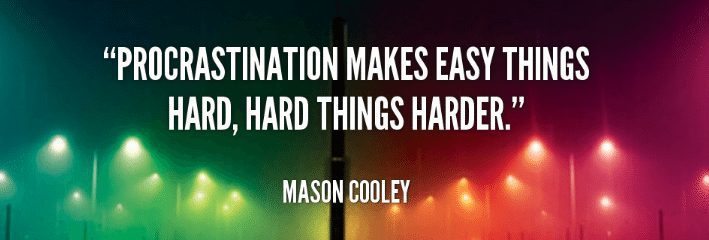What to do when you’re part of the problem
No one wants to be part of the problem.
Everyone wants to be part of the solution.
If you have been feeling like a Taylor Swift song lately (Hi. I’m the problem. It’s me.) then you should keep reading.
Whatever disaster is facing you, it can be extremely difficult to find out where you stand.
It’s not until the dust has settled that we see where we really were when it all happened.
But to know where you are, it’s important to understand what each one means.
Part of the Problem
When we say we are part of the problem, our minds immediately go to “something is wrong with me, I’m making this happen.”
But that is not the case.
The problem can be huge and all-encompassing, while our involvement can be minimal.
For instance, we can be part of a forest fire, “the fire is heading for my house” but not a contributor to the problem.
This is an important distinction.
Contributing to the problem and being a part of it are entirely separate paths to working through issues.
Even if you are a contributor, this doesn’t mean you are the sole source of what is going wrong.
It simply means you are a part of it – and now you need to find a way out of it.
At that moment, when you realize this, you have the best view in the house of what is wrong and what needs to be fixed.
You are best positioned to take that leap and turn it around.
Part of the Solution
Everyone wants to be part of the solution.
Everyone wants to jump in and help.
Everyone wants to be part of the team that makes something happen.
Everyone wants to be a hero.
But not everyone can.
When working on a problem within a large team, many roles exist.
Soon, it becomes easy to see that not everyone can be part of the solution.
If too many people are involved, too many opinions are offered, and more meetings than action, then no one is part of the solution.
They simply become another symptom of the problem.
Sports teams have a limit on how many people can be on the field or court at a time while the rest wait to “sub in.”
Better players might be on the sidelines.
But they can’t all be simultaneously on the field trying to get a goal.
It would cause chaos, pandemonium, and insanity with a complete lack of strategy.
How do you plan for having over two players on the field?
If you are part of the solution, make sure you are really a part of it—and not contributing to the problem.
Part of the Landscape
Of all three, I find the option of being part of the landscape to be the scariest when applied to a situation.
When you are part of the problem, you know where you stand.
You know where you need to go when you are part of the solution.
But when you are part of the landscape, you know neither.
You are simply… there.
People who are there, waiting for someone else to react, to tell them what to do, where to go – they aren’t part of the team, aren’t engaged, aren’t looking to jump in.
They are there waiting, holding back, and not ready to take a leap or to contribute.
Perhaps they’re worried about what others will think if they try something.
Or maybe they aren’t sure.
Whatever it is, they have melted into the landscape and can’t decide.
In a situation like this, the responsibility shifts to the people who are part of the problem and solution to bring them to the forefront, encouraging them to talk.
If no one can do that, start by raising your hand.
Start by asking a question.
When people see you this way, they’ll know you can bring value to solving a problem.
Good examples of people who are part of the landscape are stakeholders or end users of a product.
They might not know all the problems and solutions around them, but they know the impact they can have.
Their viewpoints can immensely help during improvements.
Final Thoughts
At the end of any situation, it’s easy to say which side you stood on.
Hindsight gives that to you.
But looking back after every event will not help you.
We won’t grow from it.
We won’t get better.
Stop measuring your contributions against the success of the situation.
Instead, take a step back when the situation is unfolding.
Look at where you are, who you are, and what you are contributing.
That’s when we see whether we are part of the problem, part of the solution, or simply part of the landscape.
Let us know your thoughts in the comment section below.
If you enjoyed this article, please click the share button.











